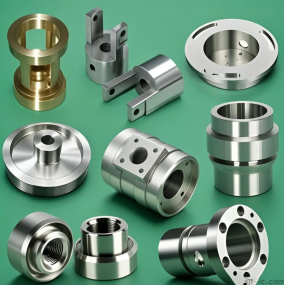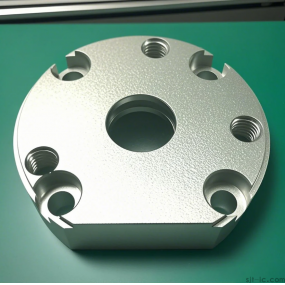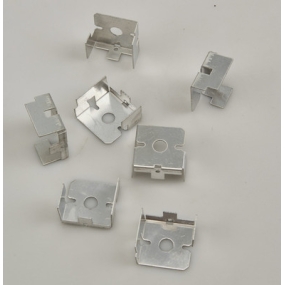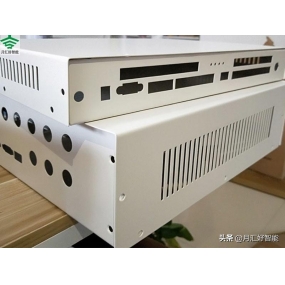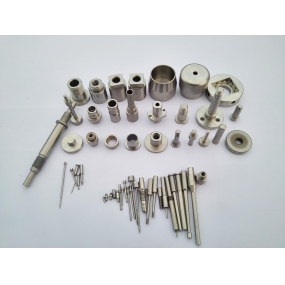Precision stamping parts are produced by placing metal sheets or strips on a punch press, and using the mold on the punch press to punch them along a curved shape, thereby stamping the metal sheets into parts with certain external dimensions and shapes. The specific working principle is that during the stamping process, the mold impacts the metal material through the mechanical pressure and motion control of the punch press, causing plastic deformation of the metal material under the action of the mold, and finally forming it into the required part. The working principle of precision stamping parts mainly includes processes such as punching, cutting, bending, and stretching, and requires the selection of corresponding stamping processes, molds, and procedures according to different requirements to ensure the production of accurate parts. The stability of punching machines, the accuracy of mold design, and the selection of materials all affect the processing quality and efficiency of precision stamping parts. Overall, precision stamping parts play an important role in modern industrial production as an efficient and high-precision machining method. By mastering its working principle and adopting scientific and reasonable processing methods, production efficiency can be improved, production costs can be reduced, and the market demand for precision parts can be met.
Hello! Welcome to EMAR's website!
 English
English » »
» »
 Spanish
Spanish Arabic
Arabic French
French Portuguese
Portuguese Belarusian
Belarusian Japanese
Japanese Russian
Russian Malay
Malay Icelandic
Icelandic Bulgarian
Bulgarian Azerbaijani
Azerbaijani Estonian
Estonian Irish
Irish Polish
Polish Persian
Persian Boolean
Boolean Danish
Danish German
German Filipino
Filipino Finnish
Finnish Korean
Korean Dutch
Dutch Galician
Galician Catalan
Catalan Czech
Czech Croatian
Croatian Latin
Latin Latvian
Latvian Romanian
Romanian Maltese
Maltese Macedonian
Macedonian Norwegian
Norwegian Swedish
Swedish Serbian
Serbian Slovak
Slovak Slovenian
Slovenian Swahili
Swahili Thai
Thai Turkish
Turkish Welsh
Welsh Urdu
Urdu Ukrainian
Ukrainian Greek
Greek Hungarian
Hungarian Italian
Italian Yiddish
Yiddish Indonesian
Indonesian Vietnamese
Vietnamese Haitian Creole
Haitian Creole Spanish Basque
Spanish Basque




